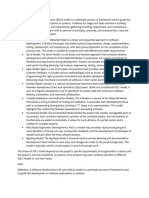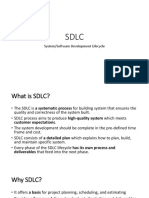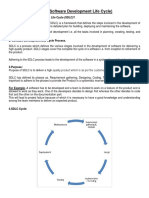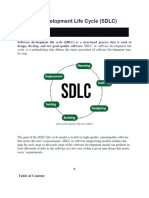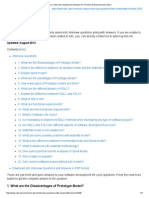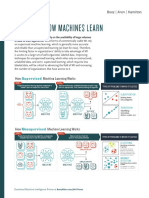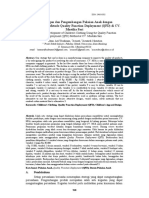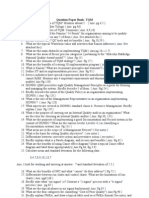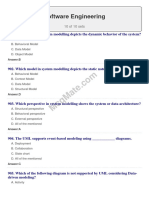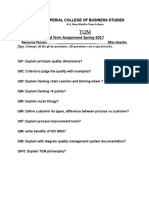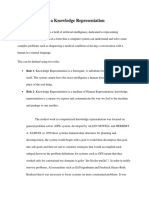0% found this document useful (0 votes)
19 views5 pagesSoftware Development Life Cycle (SDLC)
The Software Development Life Cycle (SDLC) is a structured process for designing, developing, testing, and deploying software, consisting of phases such as planning, requirements analysis, design, implementation, testing, deployment, and maintenance. It is important for ensuring quality, predictability, and cost-effectiveness in software projects. Various models like Waterfall, Agile, and V-Model are used in SDLC, each with distinct methodologies and challenges.
Uploaded by
Zafar IqbalCopyright
© © All Rights Reserved
We take content rights seriously. If you suspect this is your content, claim it here.
Available Formats
Download as PDF, TXT or read online on Scribd
0% found this document useful (0 votes)
19 views5 pagesSoftware Development Life Cycle (SDLC)
The Software Development Life Cycle (SDLC) is a structured process for designing, developing, testing, and deploying software, consisting of phases such as planning, requirements analysis, design, implementation, testing, deployment, and maintenance. It is important for ensuring quality, predictability, and cost-effectiveness in software projects. Various models like Waterfall, Agile, and V-Model are used in SDLC, each with distinct methodologies and challenges.
Uploaded by
Zafar IqbalCopyright
© © All Rights Reserved
We take content rights seriously. If you suspect this is your content, claim it here.
Available Formats
Download as PDF, TXT or read online on Scribd
/ 5























